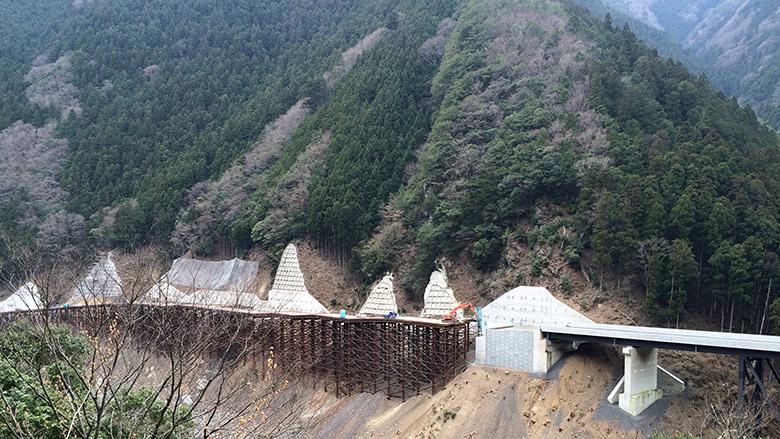Geohazards are on the rise globally due to increasing potentially hazardous infrastructure built-in areas, the effects of climate change, and pose an increasing threat to road infrastructure that is critical to trade, industry, public health, quality of life, safety, and economic productivity. Japan is especially at risk of geohazards such as earthquakes, floods, landslides and tsunamis due to its unique set of geographical, meteorological and topographical conditions. Led by the Ministry of Land, Infrastructure, and Transport (MLIT), Japan has developed its capacity to manage road geohazard risks through extensive experience of disasters, such as the 2011 Great East Japan Earthquake. The Government of Japan has built resilient road infrastructure through effective institutional coordination, addressing key challenges in an integrated manner, and applying structural and non-structural measures to its road systems.


